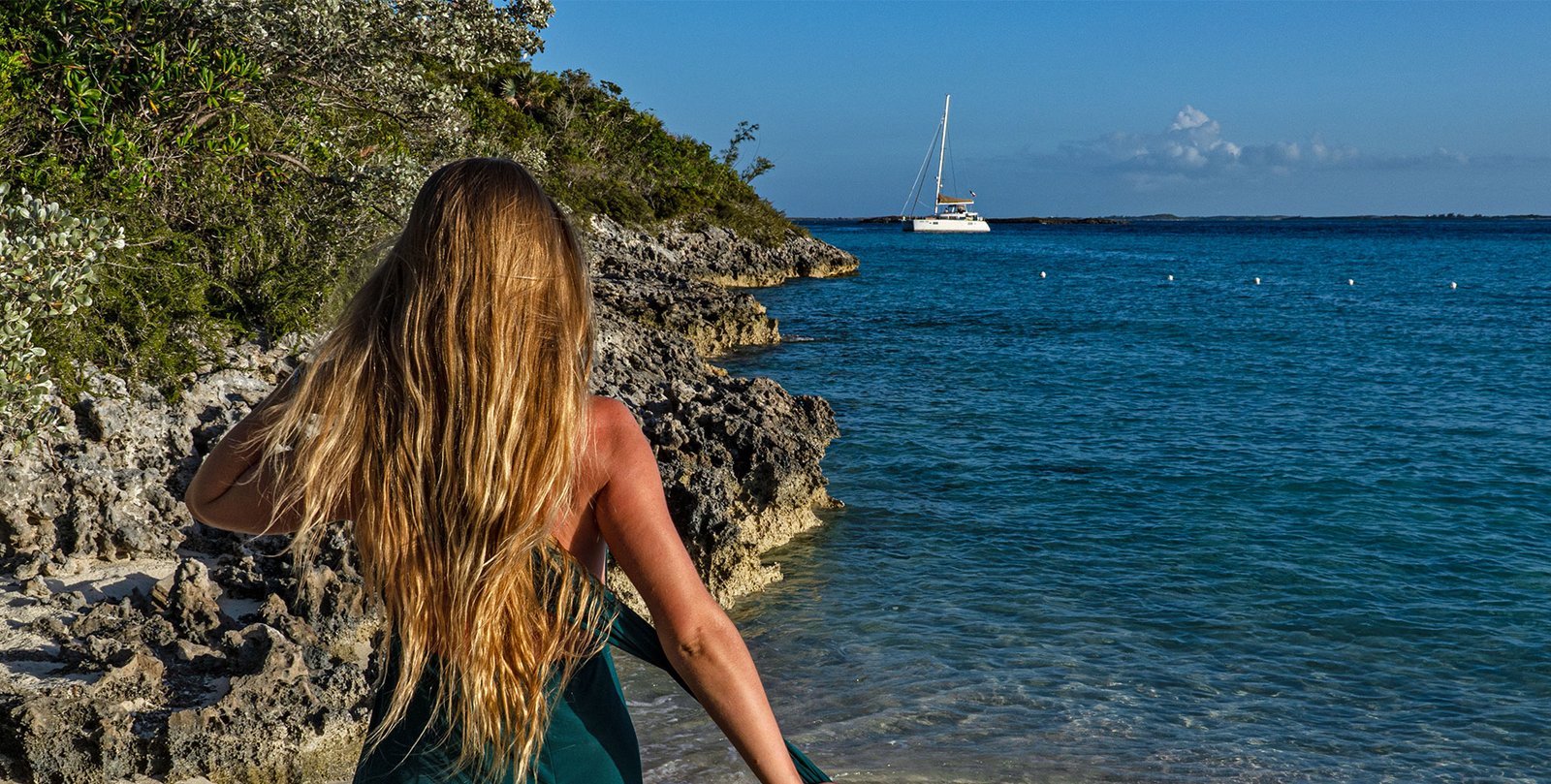
Bahamas: Sailing Around The Exumas
This diary records a six-day sailing adventure through the Exumas archipelago in the Bahamas that included dream-like seascapes, daily scuba diving among coral reefs, and a visit to the famous feral pigs in Big Major Cay.
By: Alejandro Balaguer
Photos: Alejandro Balaguer
As our plane descends toward the Bahamas, we look down upon the vast turquoise seascape of the Antilles, the crystalline Caribbean Sea, countless islands and islets, and an expanse of coral reefs that nudges the horizon. From our elevated perspective, the water is so clear that the magnificent reef system seems to perch on the surface of the sea.
After arriving in Nassau, capital of the Bahamas, I join the crew of a cool sailboat that will spend six days cruising around the Exumas. This archipelago—consisting of more than 360 islands, cays, and sandbars—stretches for 124 miles southeast of Nassau. Great Exuma, its largest island and the site of the town of George Town, is located in the southern part of the archipelago and will be the final destination of our sailing trip.
DAY 1 – NASSAU
1 p.m.
Half a dozen giant cruise ships loom like buildings over the Bahamian capital, and legions of tourists disperse into the colorful streets as I head directly to the marina. Our captain, Carlos García de Paredes, or “Cali,” welcomes me on board a graceful sailing vessel that looks Lilliputian between two mega-yachts that are more like luxurious floating palaces.
As we wait for the rest of the crew before departing for the labyrinth of cays that make up the Exumas, we dive in a zone of reefs and shipwrecks near the Nassau coast that has become a powerful draw for diving enthusiasts.
DAY 2 – A CORAL GARDEN
8 a.m.
Stuart Cove’s Dive Center hums with activity. Scuba tanks and equipment are neatly lined up, and more than fifty divers of all nationalities prepare to experience the undersea world of the Bahamas. Boats stand ready to ferry the divers.
10 a.m.
At a depth of 30 feet, soft corals dance in the current near an old shipwreck, and intensely blue parrot fish in search of food peck at the hard corals covering the deck of the shipwreck. A hawksbill sea turtle prowls the whimsical topography of the sandy bottom. Near the rusty vessel that has become an ecosystem, the large coral reef barrier fades into the vastness of the Caribbean depths. My fancy turns it into an ancient sunken city as we continue to descend.
The first coral reefs in the Caribbean emerged nearly thirty million years ago, forming complex calcium carbonate structures that grew and amalgamated over the centuries to create the coral barriers. Our dive guide explains how they have become the Bahamas’ line of defense by acting as natural breakwaters that protect the islands’ coasts during the season of hurricanes and tropical storms.
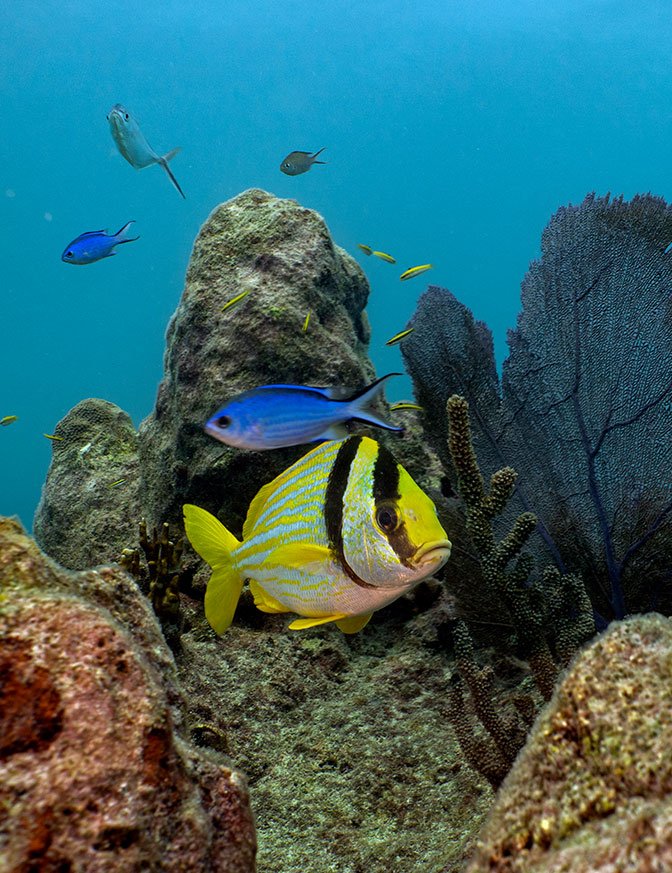

DAY 3 – TOWARD HIGHBORNE CAY
8 a.m.
Cali casts off and the sailboat leaves Nassau. Spectacular yachts and picturesque fishing boats flank both sides of a canal that empties into the open sea. A solitary osprey flies above our main sail, which is fully extended to catch the breeze. We sail on, feeling the force of the elements working with the boat. Today is a good day for running the waves.
2 p.m.
Cali is at the helm, with Paul Grisko helping him handle the boat. “Sailing in the Exumas requires a lot of concentration because of the sandbars, where hundreds of boats have run aground; that’s why we can’t deviate from the established route and we stay on course,” says Cali. The boat prepares to tack to better catch the wind. Reflecting the spirit of change, Ricardo Kleinbaum, a Mexican actor who completes our onboard crew of four, has temporarily changed professions to be a chef on board.
Today’s destination is the Highborne Cay marina, located on a three-mile-long island of white sand beaches and waters teeming with nurse sharks; the boat will drop anchor here for the night.
5 p.m.
Our trusty sailboat comes to a rest in the marina. We go out for a walk along the beach to take a dip in the warm waters and snap photos of the sunset.
I never imagined that I would end the day in this deserted spot photographing a top Russian model. How did that come about? The first surprise was seeing the woman making a video selfie, with nary a paparazzo in sight. The encounter surprised both of us and unsurprisingly ended with photographer and model in an impromptu photo shoot.
As night fell, the blond woman pirouetted before the camera as if she were sashaying down the catwalk. As the sun dropped below the horizon minutes later, Olia, the top model and influencer, said goodbye and headed back to her yacht. Was it a mirage? No, it was real. I chuckled to myself about how strange the encounter was; this had never happened to me during four decades traveling around the world as a professional photographer, but it seems that anything is possible in this archipelago of the rich and famous.

DAY 4 – HEAVENLY SCHROUD CAY
7 a.m.
A turtle emerges and submerges, staring at us with curiosity as we raise anchor. We point the bow toward Schroud Cay. Moving by sail power entails understanding basics like our direction in relation to the winds. “Today we’ll be sailing as close to the wind as possible, seeking the minimum angle of the sail,” announces Cali. Several hours spent “flying” over the waves at an angle of 45 degrees leaves us feeling indescribably free.
3 p.m.
We anchor off the wild and pristine coast near some twenty vessels and sailboats of all sizes. Schroud Cay is an uninhabited cay with no marinas. It is part of the protected area of Exuma Park, comprising an archipelago of islets, wetlands, and emerging rocks in very shallow waters, especially to the south and north of Schroud Cay.
5 p.m.
It’s time to explore the coast at high tide in a small inflatable dinghy with an outboard motor. We enter through Sanctuary Creek, a mangrove estuary that shelters conches, lobsters, sea turtles, and a vast variety of fish. We motor through a shallow canal. The final rays of brilliant daylight presage a calm, colorful nightfall.
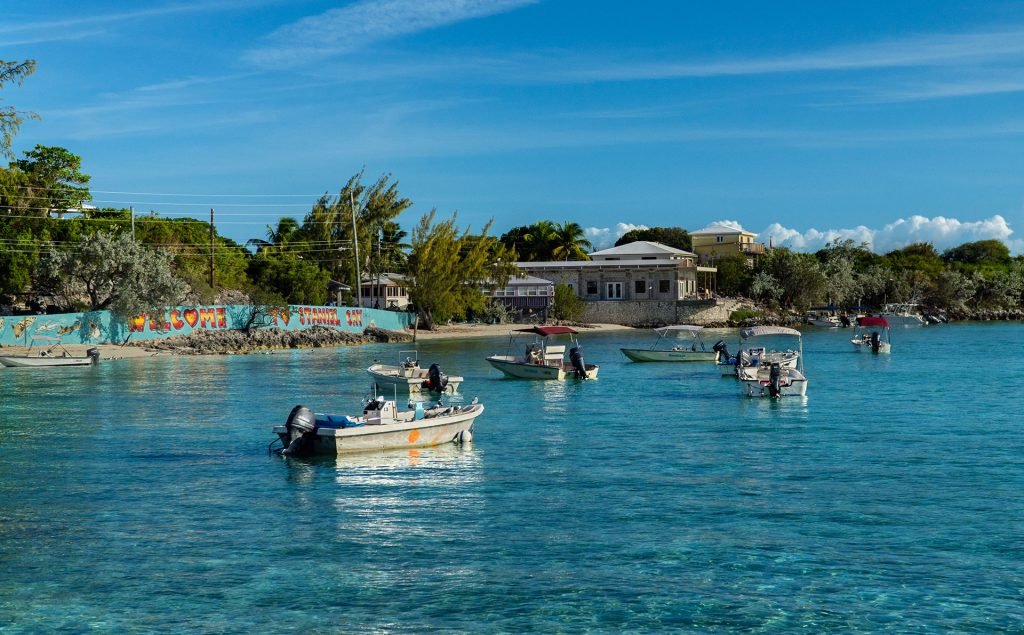
DAY 5 – STANIEL CAY
We spend the morning pushing through choppy seas and waves. We moor the sailboat at the marina that made this cay famous. The founding of the Staniel Cay Yacht Club in 1956 boosted the island’s popularity. A considerable number of sailboats and yachts sailing to and from the island of Grand Exuma drop anchor here these days.
6 p.m.
As night falls, we stroll along the shore of the cove of transparent waters bordered by white sands to a well-known restaurant-bar on the marina wharf. We still haven’t found our land legs, and we stagger a bit with the feeling common to those who spend more time on water than on land.
DAY 6 – BIG MAJOR CAY
In the distance, we catch sight of Big Major Cay, another cay with no human residents, but with some superstar inhabitants nonetheless. They are famous indeed, since they have made the island one of the most visited places in the Exumas, to the point that it is now called “Pig Island” in honor of the legendary swimming pigs of Pig Beach.
11 a.m.
We approach the Pig Beach coast in an inflatable boat, and the famous pigs come swimming toward us in search of food. A rather large one approaches me as I sit in the bow trying to get a good picture; it sniffs the camera thinking that it’s food. I take a picture and the pig turns to show me its enormous behind. The sturdy and well-fed pig loses interest when it realizes there’s no food. It leaves in a huff to beg for a snack from a German family in another boat nearby.
The existence of the pigs on this remote beach is a mystery that has given rise to several theories. One of them suggests that the pigs were abandoned by sailors to breed in the wild and produce a future food source; it seems that the sailors never returned. It is also said that the pigs were left here during the filming of a James Bond movie starring Scottish actor Sean Connery. Some people even insist that the pigs were brought here as part of a plan to promote the Exumas as a tourist destination. What we can say for sure is that the intelligent pigs learned to swim in search of food, and they are now the most photographed pigs on the planet: free, fat, and happy.
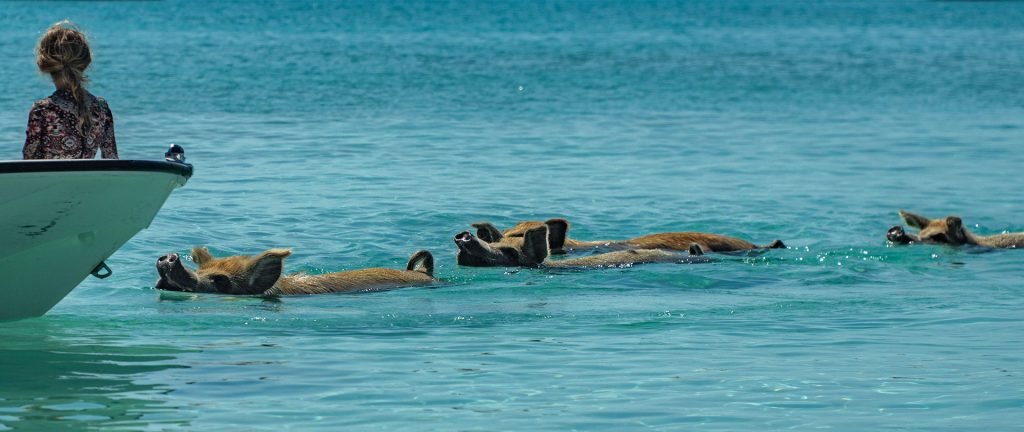
DAY 7 – GREAT EXUMA
Today, we finish our trip by sailing for ten hours against 15-knot headwinds in rough seas to finally fetch up at the Emerald Bay marina on Great Exuma. Several boats remain in George Town, a charming small town just 20 minutes from the marina, to wait for the hurricane season to pass before putting out to sea again. The island—one of the largest in the Exuma archipela- go—is a boaters’ paradise.
4 p.m.
We amble along picturesque streets lined with the British colonial architecture characteristic of George Town, enjoying the tranquility of the town. The buildings were constructed between the late 18th and early 19th centuries, and many have been preserved and restored, like the church with the white bell tower near the Exuma Yacht Club, where the lively bar is a mandatory stop for boaters on the island.
“Sailing through this archipelago has gifted us new experiences and incredible scenery, and strengthened our friendship during the course of this adventure,” says Cali when we say goodbye to George Town to take the small plane to Nassau before heading back to Panama. We return grateful for the lessons learned at sea, the memories of sailing with the wind, and a trip full of surprises and memories that will last a lifetime.
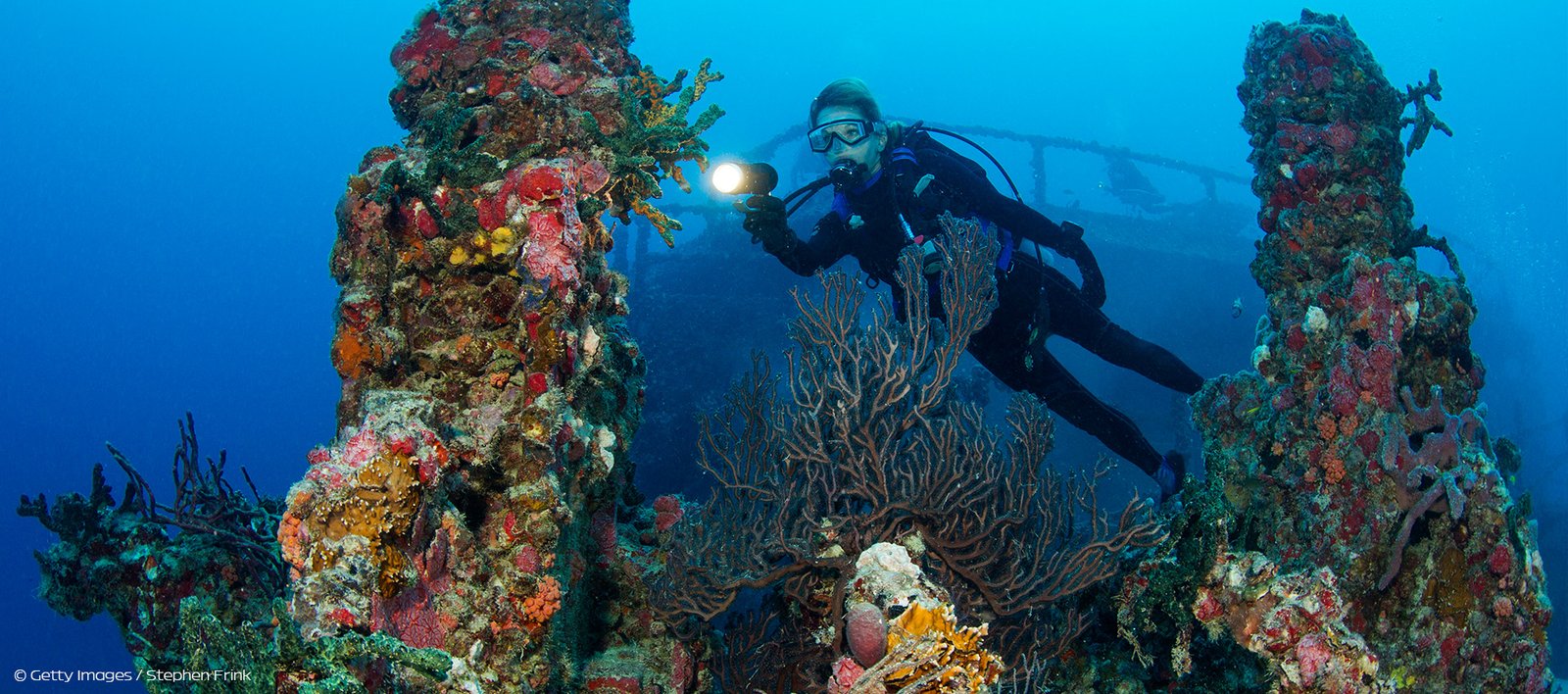
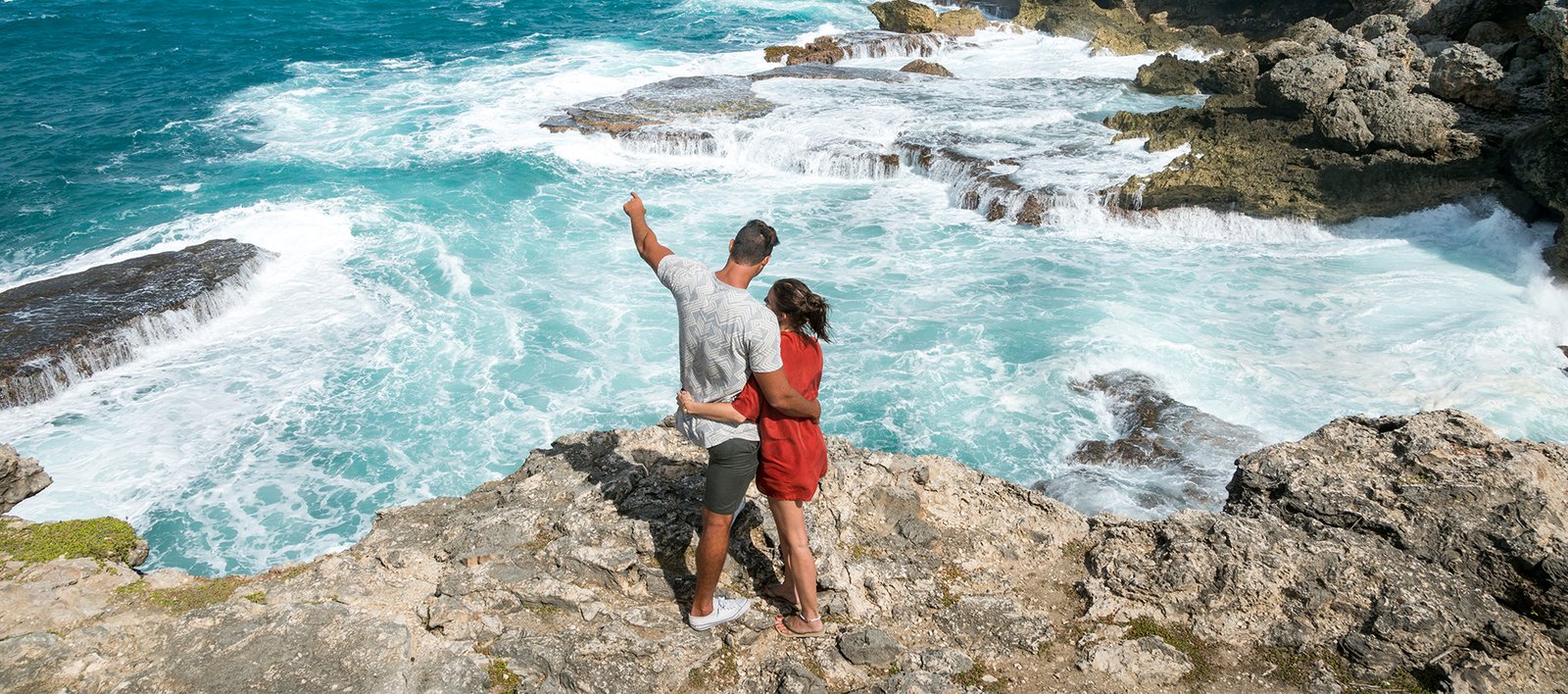
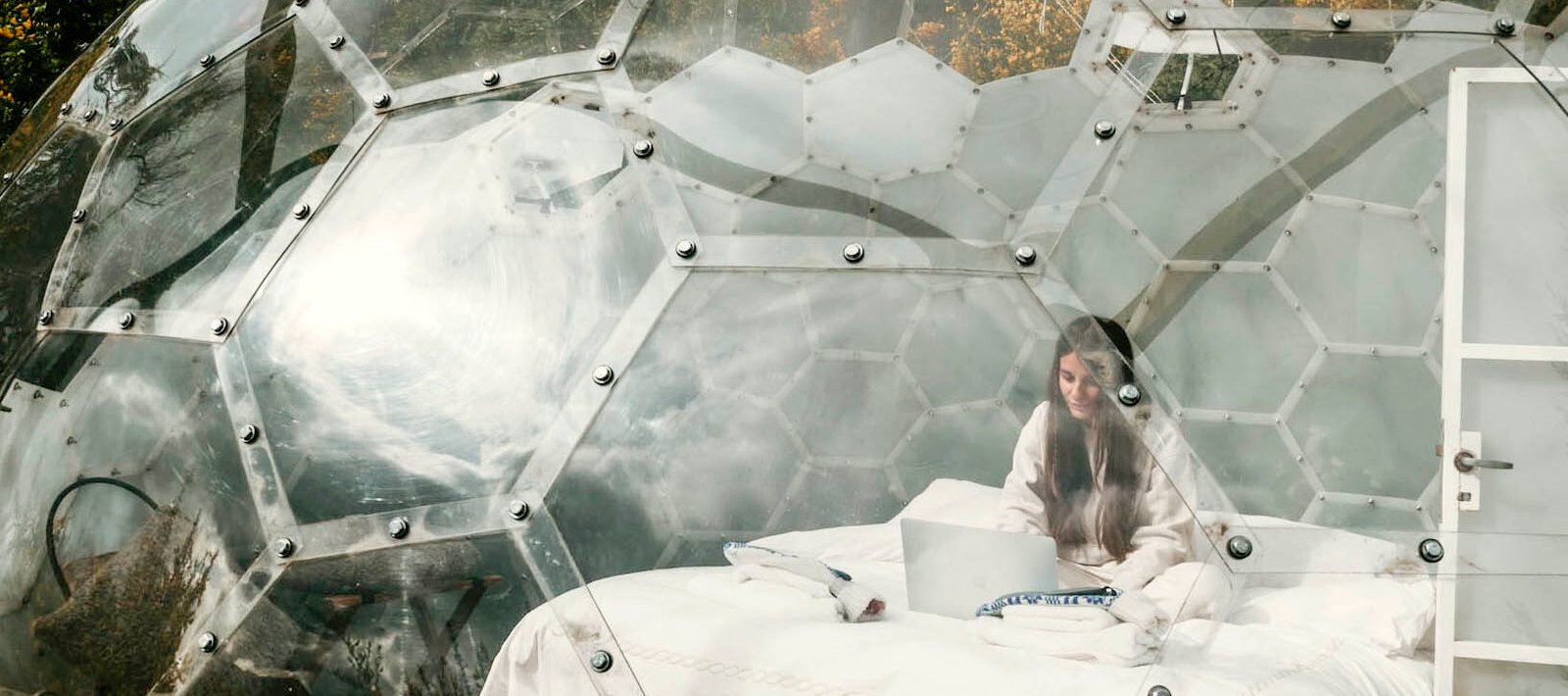
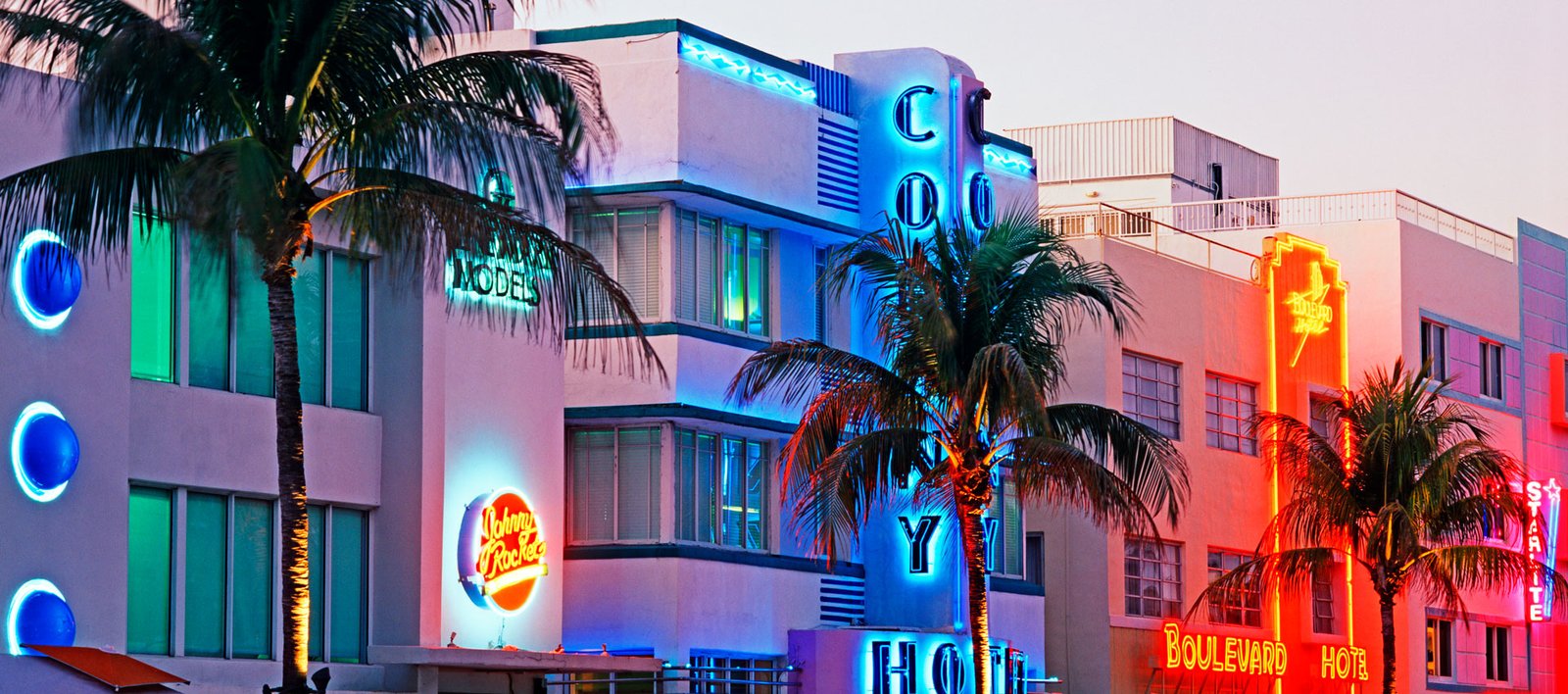
Leave a Reply